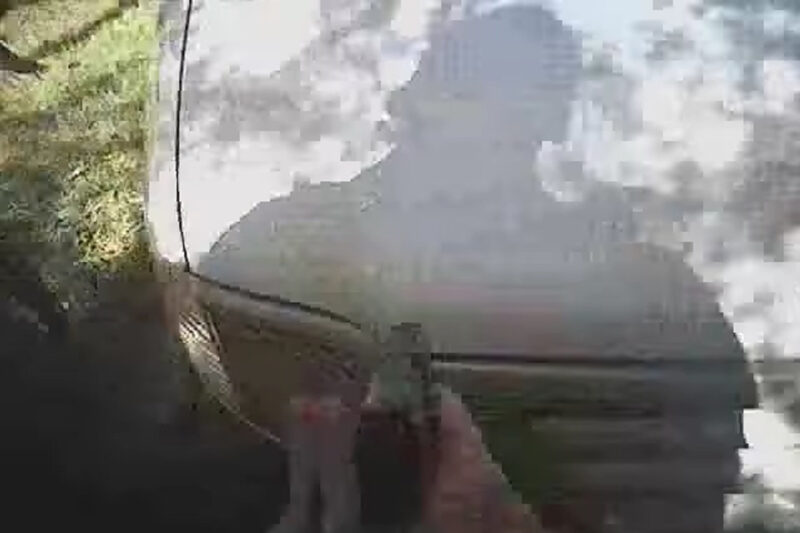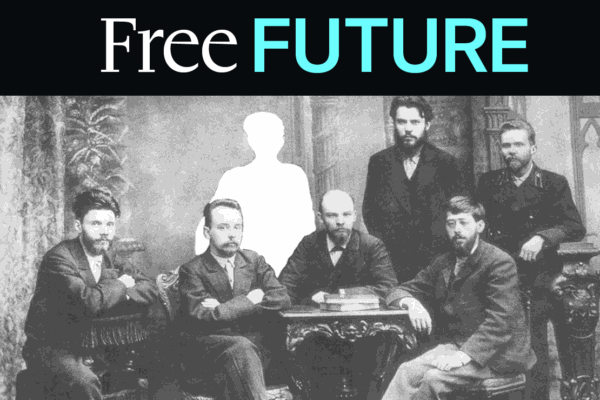Is Your City Destined To Be The Next Charlotte? A Hard Lesson In Police Body Camera Policies


The anger and frustration reflected in the civil unrest that followed the September 20 fatal police shooting of Keith Scott in Charlotte, North Carolina, while largely a response to yet another tragic killing of a Black man by police, was certainly intensified by the flawed police body camera laws and policies of the State of North Carolina and the Charlotte-Mecklenburg Police Department (CMPD). The failure of these laws and policies at such a critical moment is especially galling because it was entirely predictable and avoidable. Other cities and their police departments would be well advised to pay close attention, lest they be next.
Two things, in particular, went very wrong. First, the body camera-equipped police officer at the scene failed to turn on his camera when he was required to do so under CMPD’s body camera policy. Second, the CMPD—no doubt feeling empowered by North Carolina’s HB 972 law, which aggressively shields body camera footage from public disclosure—chose to not release the body camera footage until five days after the shooting, when its ongoing refusal to do so became untenable.
No Penalties For Failure To Record
CMPD's body camera policy actually does a good job detailing when its police body cameras must be activated. According to Section 4(F)(6) of the policy, “While on duty, BWCs [Body Worn Cameras] shall be turned on and activated to record responses to calls for service and interactions with citizens. Recording shall occur prior to or in anticipation of the following circumstances.” The list of examples that follows includes traffic stops, suspicious vehicles or persons, voluntary investigative contacts, arrests, uses of force, and all calls for service. Clearly, under the policy the officer’s body camera should have been activated no later than upon his arrival at the scene of the Scott encounter. In fact, as the Washington Post reported, not only was activating the camera called for, but there was plenty of time to have done so:
According to the police narrative of the incident, an officer saw Scott hold up a gun, which prompted the plainclothes officers to leave the area, put on vests marked with police insignia, and then return to detain Scott. Those officers did not have (body) cameras. Another officer, responding to a call about a man with a gun, soon arrived. According to the department’s policy, this officer should have activated his camera as soon as he left his vehicle. Instead, he waited for at least 45 seconds, and perhaps longer, before activating his camera.
By the time the officer’s body camera was activated, which is indicated on the video footage when the audio playback begins, Mr. Scott had already been fatally shot. Clearly, the officer violated CMPD’s policy.
A glaring deficiency in CMPD’s policy made that violation not only possible, but reasonably foreseeable. As we have previously warned, with respect to drafting body camera policies, “police officers, of all people, know that laws that have no consequences, have no value.” We have highlighted how no-consequence body camera rules have completely undermined their use in Albuquerque, New Mexico. And yet, CMPD’s body camera policy commits precisely this mistake: it contains numerous well-considered rules for operating body cameras, including when they are to be activated, but establishes no penalties for violating those rules.
Our model body camera bill, avoids that mistake by incorporating specific repercussions for those who violate its rules. First, we call for “appropriate disciplinary action” to be taken against policy violators. Second, we call for a rebuttable evidentiary presumption in favor of criminal defendants who reasonably assert exculpatory evidence was not recorded or was destroyed due to a policy violation. And third, we call for a rebuttable evidentiary presumption in favor of civil plaintiffs suing over police misconduct under the same circumstances.
It was entirely predictable that, in the absence of adverse repercussions, a rational officer might decide not to activate his body cameras when he was supposed to. Ethical considerations aside, why would an officer activate a camera that might record bad police conduct when there are little to no consequences for failing to do so? The ACLU foresaw this fairly obvious problem, and the CMPD should have as well.
Release of footage
The other highly disturbing failure by the CMPD was its refusal to release footage from the officer’s body camera until their hand was forced following days of protests and calls for its release from around the nation. The CMPD’s refusal to release the footage was a provocative and arrogant response to a community that merely wanted a better understanding of why another Black man had been killed by the police. The very manner in which CMPD rebuked the public’s request speaks volumes: When questioned about how he squared his stated commitment to full transparency with his decision not to publicly release the body camera footage, CMPD Police Chief Kerr Putney dismissively replied, “I never said ‘full transparency.’ I said ‘transparency,’ and transparency is in the eye of the beholder.”
Had the authors of North Carolina’s and CMPD’s body camera policies gamed-out the natural results of their anti-transparency stance, the path from refusing to publicly release use-of-force body camera footage to civil unrest would have been clear and obvious. We have been warning policymakers about just this scenario for over a year. Think about it. A Black man is shot and killed by the police. The public learns footage of the incident was captured by a body camera. The public naturally requests to see the footage so it can better understand what happened and if it was appropriate. The police steadfastly refuse. What did the drafters of CMPD’s body camera policy and the State of North Carolina’s ill-advised HB 972 think would happen next? Did they really think the public would thank them for their time and just go away? More likely, they didn’t think about—or weren’t concerned about—public outcomes at all.
When it comes to promoting transparency and accountability, the public release upon request of all body camera footage that captures a police use of force is the only sound option. CMPD and the State of North Carolina learned this lesson the hard way. Unfortunately, CMPD’s ill-advised delay in releasing the footage forced the public to endure additional emotional distress, resulted in physical injuries to both police officers and the public, and further eroded the public’s trust in the police.
The takeaway from all this is simple: the CMPD’s failure to establish strong penalties for violating its body camera policy, and its failure to release the body camera footage (blame for which is shared by the state legislature) worsened the situation. The civil unrest that occurred in Charlotte is just a tragic incident away from repeating itself in any of numerous jurisdictions have the same flawed body camera policies in place. Those states and localities that continue to refuse to embrace transparency and hold officers accountable for violating body camera rules certainly are doing so at their own peril.



